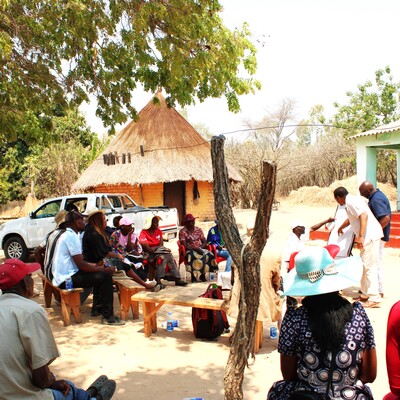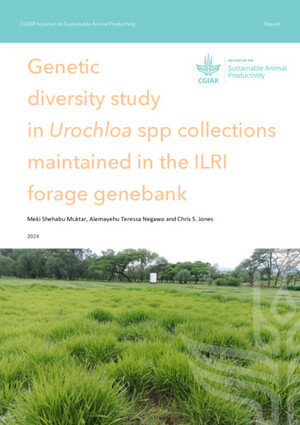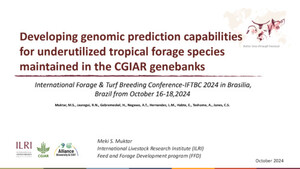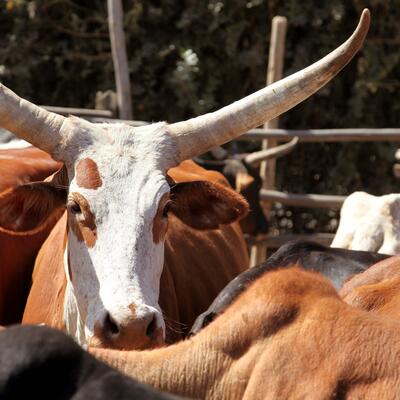
Optimizing livelihood and environmental benefits from crop residues in smallholder crop-livestock systems in sub-Saharan Africa and South Asia: regional case studies
Smallholders in mixed crop-livestock systems constitute a very large fraction of farming enterprises in developing countries. In those systems, crop residues (CR) are a strategic production component: their use can be split into animal feeding, construction material, cooking fuel and mulch remaining (sometimes burnt) in the field.
Mixed crop-livestock systems are very dynamic and are evolving rapidly in response to external drivers such as demographic pressure, development of urban markets and increased demand for crop and livestock products, climate variability and change. This study aims at understanding better the tradeoffs in crop residue uses in cereal based systems in four regions. These are millet, sorghum and maize based systems in West Africa; maize based systems in Eastern and Southern Africa; and wheat/rice based systems in South Asia. The study also focuses on the decision making processes at the farm/household level and will capture the diversity/contrasts and recent changes in CR uses at various scales. This will help to target better technical, institutional and policy options to improve livelihood without compromising long term system sustainability. The surveys to be conducted in the four regions use stratified sampling, based on intensification level and market access. In the village level survey, the project will characterize villages in terms of intensification levels and dynamics, agro-ecologies, market access and TIP options available. In the household survey, the objective is to characterize the within village diversity with regards to decision making for the allocation of crop residues; identification of crop management practices and feeding strategies and retrospective questions to understand farm evolution/trajectories. OBJECTIVES The project will use the some of the following research questions: • What determines the decisions about Crop Residue Use (inc. current crop management, agro-ecology, markets/institutions, resource endowments, dynamics)? • What is the impact of those decisions on livelihood and environmental implications? • What are the technologies, institutional and policy (TIP) options that would enhance livelihood and environmental benefits? The main questionnaire items in the study are: • Characteristics of the villages / sites by o Asset base and land use o Access to input and output markets, information and services • Technology use and access • Crop residue management and local innovations • Feeding strategies • Cross cutting issues • Farmers’ perceptions of trends, challenges, and opportunities • Flag any gender and equity issues in relation to the above


















